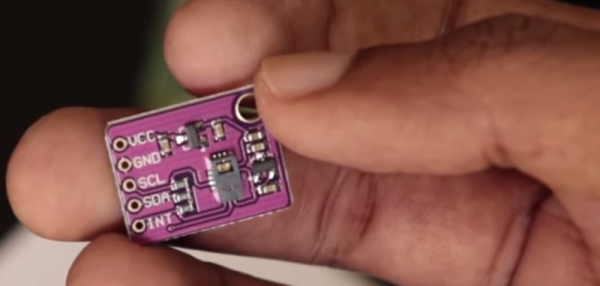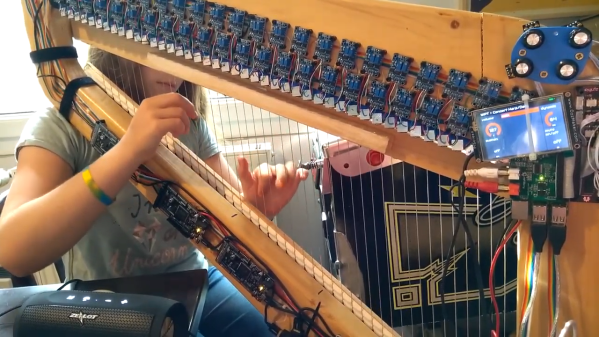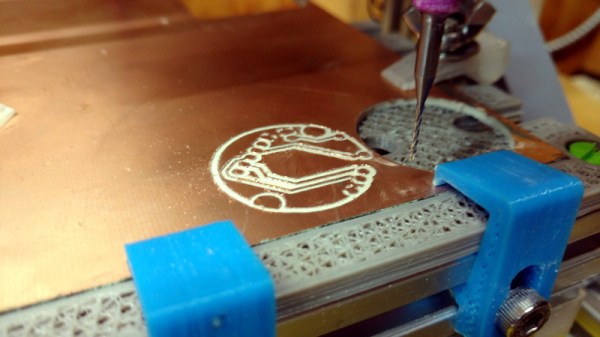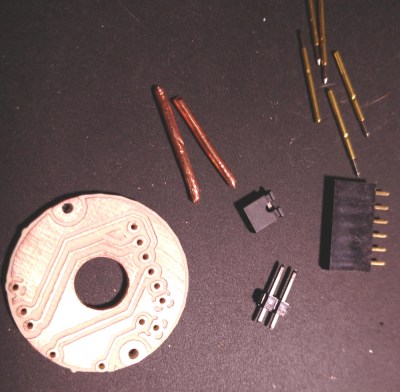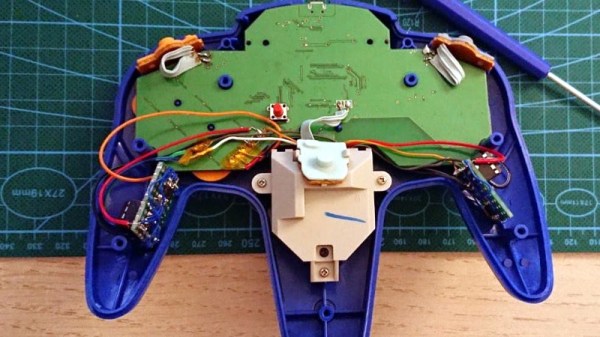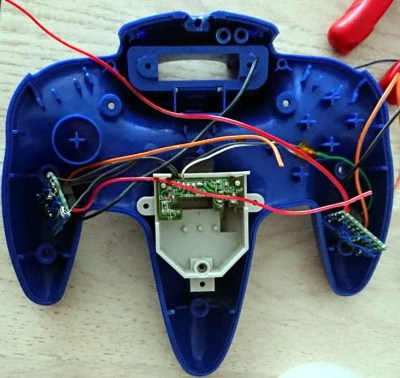Hackers are quite often the price conscious type, unwilling to pay jacked up prices for cold beverages when they can be purchased warm and in bulk for much lower cost. However, when guests are on the way and time is running out, it’s crucial to chill the drinks down to the right temperature, and fast. To take the guessing out of the process, [Álvaro Díez] and [Tibor Pal] collaborated to create the Chilled Drink Calculator.
It’s a resource jam-packed full of everything you need to know to get your drinks cold, pronto. Based on heat transfer equations and data from empirical studies, the calculator is able to show you just how long it will take to cool practically any beverage to any temperature. There are presets for different types of container and cooling method, as well as information on the ideal serving temperatures for things like wine, beer and soft drinks. There’s even information on helpful hacks to help cool things down more quickly – with the salt and ice bath being devastatingly effective with minimal equipment requirements.
Keep the calculator in your bookmarks for the next time your pals show up with a case of beer that’s been sitting in the sun all day in the back of a pickup truck (Authors note: looking at you, Terry). Alternatively, consider building an advanced cooling apparatus.



